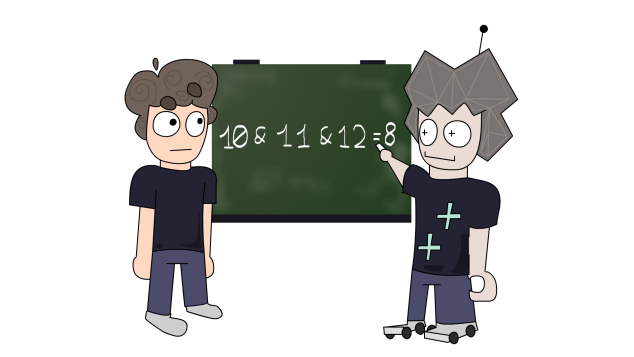| Codeforces Round 843 (Div. 2) |
|---|
| Finished |
Petya and his friend, robot Petya++, like to solve exciting math problems.
One day Petya++ came up with the numbers $$$n$$$ and $$$x$$$ and wrote the following equality on the board: $$$$$$n\ \&\ (n+1)\ \&\ \dots\ \&\ m = x,$$$$$$ where $$$\&$$$ denotes the bitwise AND operation. Then he suggested his friend Petya find such a minimal $$$m$$$ ($$$m \ge n$$$) that the equality on the board holds.
Unfortunately, Petya couldn't solve this problem in his head and decided to ask for computer help. He quickly wrote a program and found the answer.
Can you solve this difficult problem?

Each test contains multiple test cases. The first line contains the number of test cases $$$t$$$ ($$$1 \le t \le 2000$$$). The description of the test cases follows.
The only line of each test case contains two integers $$$n$$$, $$$x$$$ ($$$0\le n, x \le 10^{18}$$$).
For every test case, output the smallest possible value of $$$m$$$ such that equality holds.
If the equality does not hold for any $$$m$$$, print $$$-1$$$ instead.
We can show that if the required $$$m$$$ exists, it does not exceed $$$5 \cdot 10^{18}$$$.
510 810 1010 4220 161000000000000000000 0
12 10 -1 24 1152921504606846976
In the first example, $$$10\ \&\ 11 = 10$$$, but $$$10\ \&\ 11\ \&\ 12 = 8$$$, so the answer is $$$12$$$.
In the second example, $$$10 = 10$$$, so the answer is $$$10$$$.
In the third example, we can see that the required $$$m$$$ does not exist, so we have to print $$$-1$$$.
| Name |
|---|




